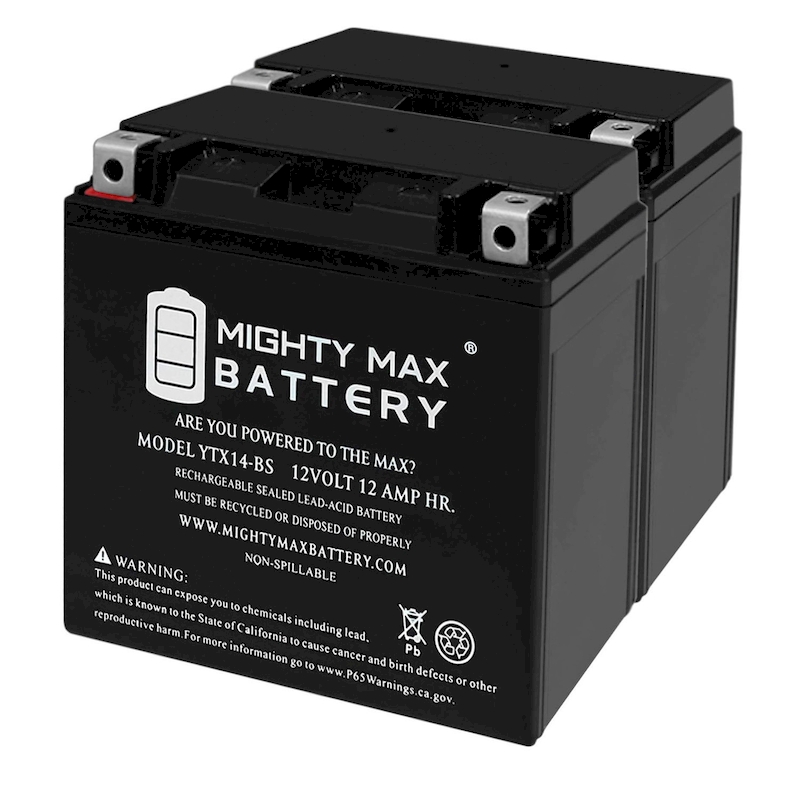Car batteries are crucial components of any vehicle, providing the necessary power to start the engine and run electrical systems. However, many drivers often find themselves shocked at the price point of car batteries, leading to the question: why are car batteries so expensive? Understanding the costs associated with car batteries involves delving into various factors, from the materials used in manufacturing to the complexities of technology and market demands. This article will explore these considerations, shedding light on why these seemingly simple devices carry such hefty price tags.

The Role of Car Batteries in Modern Vehicles
Car batteries serve as the lifeblood of a vehicle’s electrical system. They provide the initial power needed to crank the engine and also support many electronic elements, such as headlights, radios, and power windows. In modern cars that come equipped with advanced features, the reliance on battery power is even more pronounced, as electric power steering, navigation systems, and a myriad of sensors draw power from the battery. The growing complexity and dependency on battery power increase the demand for high-quality batteries capable of sustaining these systems, ultimately contributing to higher price points.
Types of Car Batteries and Their Price Variations
Understanding why car batteries are so expensive also requires an exploration of the various types available. The main types of car batteries include:
- Lead-Acid Batteries: Traditional and widely used, they are relatively affordable but have a shorter lifespan and lower efficiency compared to more advanced types. Though they are cheaper initially, their shorter life may lead to higher costs over time.
- Absorbent Glass Mat (AGM) Batteries: AGM batteries are more expensive than lead-acid batteries but offer better performance, longer life, and can withstand deeper discharges. Their premium features come at a higher cost, adding to the question of why car batteries are so expensive.
- Lithium-Ion Batteries: Mostly found in electric vehicles, lithium-ion batteries are cutting-edge technology that provides exceptional energy density and lifespan. However, their manufacturing costs are significantly higher due to the materials used, directly correlating with higher consumer prices.
The choice of battery directly impacts overall vehicle performance and longevity which can justify the varying price tags based on type and technology used.

The Impact of Material Costs on Battery Pricing
The raw materials used in car batteries play a pivotal role in determining their cost. Lead-acid batteries primarily utilize lead and sulfuric acid, while AGM batteries often incorporate advanced materials like fiberglass mats. On the other hand, lithium-ion batteries require lithium, cobalt, nickel, and other critical elements, which can be expensive due to several reasons:
- Mining and Acquisition Costs: Extracting lithium and cobalt can be resource-intensive, often involving mining operations in remote areas. This not only increases the cost but also adds environmental and ethical concerns, especially related to cobalt mining.
- Market Volatility: The prices of raw materials can fluctuate significantly based on market demand, geopolitical factors, and extraction challenges. For instance, increased demand for electric vehicles has escalated lithium prices, adding pressure on manufacturers to hike battery costs.
As the price of raw materials rises, manufacturers often pass these costs onto consumers, contributing to the rising expenditure on car batteries.
The Role of Technology and Research in Battery Development
Technological advancements have transformed car batteries from mere power sources into sophisticated energy management systems. Research and development efforts dedicated to improving battery efficiency, lifespan, and weight have substantial costs involved. Companies invest tremendously in innovation to keep up with the growing demands of consumers and the automotive industry, particularly related to electric and hybrid vehicles.
- Innovation Costs: Continuous investments in R&D for superior performance features and safety enhancements can be significant. Manufacturers are incentivized to develop batteries that are lighter, last longer, charge faster, and have better energy density, all of which come with a price tag.
- Regulatory Compliance: New regulations aimed at improving environmental standards and energy efficiency can lead to increased operational costs for manufacturers, ultimately affecting consumer prices.
The desire to innovate and comply with regulations results in car batteries that not only perform better but also cost more due to these extended research investments.
Economic Factors and Market Demand
Economic factors have a profound influence on the pricing of car batteries. The demand for electric and hybrid vehicles has soared in recent years, prompting manufacturers to ramp up production. The imbalance between supply and demand can drive prices higher.
- Consumer Preferences: As consumers grow more environmentally conscious, the shift towards electric vehicles creates a surge in demand for advanced batteries. This growing market push affects the pricing structure of conventional car batteries, as they compete with high-tech alternatives.
- Supply Chain Issues: Industrial disruptions, like those witnessed during the pandemic, can create supply chain gaps affecting availability and pricing. When manufacturers experience delays in the production or transportation of battery components, they may raise prices to offset the increased costs.
These economic pressures not only influence car battery prices but also shape the larger automotive market landscape as it evolves with technological advancements.
Maintenance and Longevity: The Hidden Costs
When analyzing why car batteries are so expensive, it’s crucial to consider the hidden costs linked to maintenance and longevity. A cheap battery may save upfront costs but can incur higher expenses in the long run.
- Battery Lifespan: Higher-quality batteries typically last longer, which translates to better long-term value. Investing in a more costly option can result in fewer replacements over time, ultimately saving money for the owner.
- Maintenance Needs: Some batteries require regular maintenance, while others are maintenance-free. Opting for more expensive batteries that lower maintenance demands can be wise financially over the months and years of ownership.
Investing in a quality battery not only reduces the frequency of replacements but can also shield consumers from other potential costs in maintenance and repairs.

The Future of Car Batteries and Price Predictions
As the automotive industry continues evolving, so too will the technologies behind car batteries. The shift towards electric vehicles and sustainable energy sources will likely influence battery production, pricing, and design significantly in the coming years.
- Emerging Technologies: Research into solid-state batteries, for example, promises to deliver safer, more efficient alternatives to current technologies. However, these innovations often have high initial costs that may contribute to overall prices for consumers.
- Market Adjustments: As production scales up and technology matures, it’s possible that battery prices will stabilize or even decrease. However, for the near term, the demand for advanced batteries will likely keep prices elevated.
Understanding the evolving landscape of car battery technology and market demand can provide valuable insight into future expenses and assist consumers in making informed decisions.
Conclusion
In summary, the question of why car batteries are so expensive is multi-faceted, involving an array of considerations from technology, material costs, market demand, and the implications of innovation. As modern vehicles evolve to rely more on advanced battery systems, consumers must weigh the long-term benefits against the initial costs. While the price of a car battery may seem steep, understanding the complexities behind it can help demystify the investment. As the automotive landscape continues transitioning towards electric and hybrid options, consumers can expect ongoing changes in not just battery technology but also associated pricing structures. By staying informed and considering both immediate and future needs, vehicle owners can make savvy choices that balance quality, performance, and sensible spending.


